Following Trump’s decisive victory, search activity related to emigration has skyrocketed by 1,514%. But the reasons Americans are fleeing run much deeper than politics.
Your healthcare costs are crushing you. Americans spend $13,432 per person on healthcare in 2023 more than any other country on Earth. Your rent keeps climbing. Your paycheck stays the same. The American dream feels more like a nightmare.
9 million Americans now live abroad. They’re not just surviving they’re thriving. They pay $50 for doctor visits instead of $200. Their rent costs half what you’re paying. They work less and stress less.
The Shocking Reality: Why 9 Million Americans Already Live Abroad

9 million Americans already live abroad as of March 2025. That’s more than the entire population of New York City. And the numbers keep growing.
The post-election exodus is real. After Trump’s 2024 victory, Americans flooded expat websites looking for answers. Expatsi, a company that helps people move abroad, saw their traffic explode from 8,000 visitors in October to 51,000 in November. That’s a 538% spike in one month.
Your wallet is getting crushed. The consumer price index rose 2.4% between April 2024 and April 2025. Healthcare costs are destroying American families. The US spends $13,432 per person on healthcare each year. Compare that to other wealthy countries, which spend an average of $7,393. That’s over $3,700 more per person. For a family of four, you’re paying $14,800 extra every year just for healthcare.
Remote work changed everything. Countries like Spain, Croatia, and Estonia now offer digital nomad visas. This means you can keep your American job and salary while living somewhere that costs half as much. Your $75,000 salary goes a lot further in Portugal than in Portland.
#1. Portugal The Ultimate American Haven
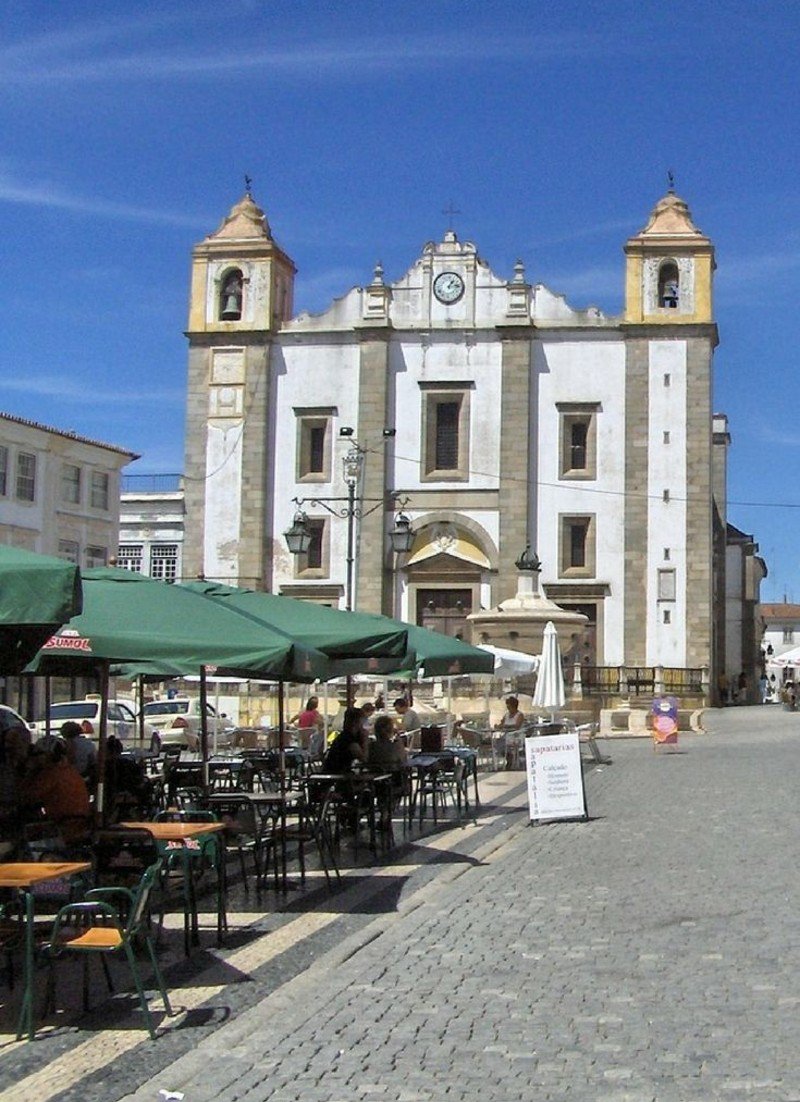
116,000 Americans researched moving abroad in 2024. More chose Portugal than any other country. There’s a reason why. Portugal for Americans offers something rare: a better life for less money.
Your cost of living drops 36.6% the moment you arrive. That means if you spend $4,000 per month in the US, you’ll spend about $2,500 in Portugal. Same lifestyle. Way less stress about money.
Healthcare becomes affordable again. Remember when you could see a doctor without choosing between rent and medical bills? In Portugal, doctor visits cost €30-€50 ($32-$54). Compare that to the $100-$200+ you’re paying now in the US.
Portugal vs US cost of living gets even better when you look at housing. Rent is 40-50% cheaper than the US. You can rent a nice one-bedroom apartment in smaller Portuguese cities for €400 ($430) per month. Try finding that in any American city.
Getting There Is Easier Than You Think
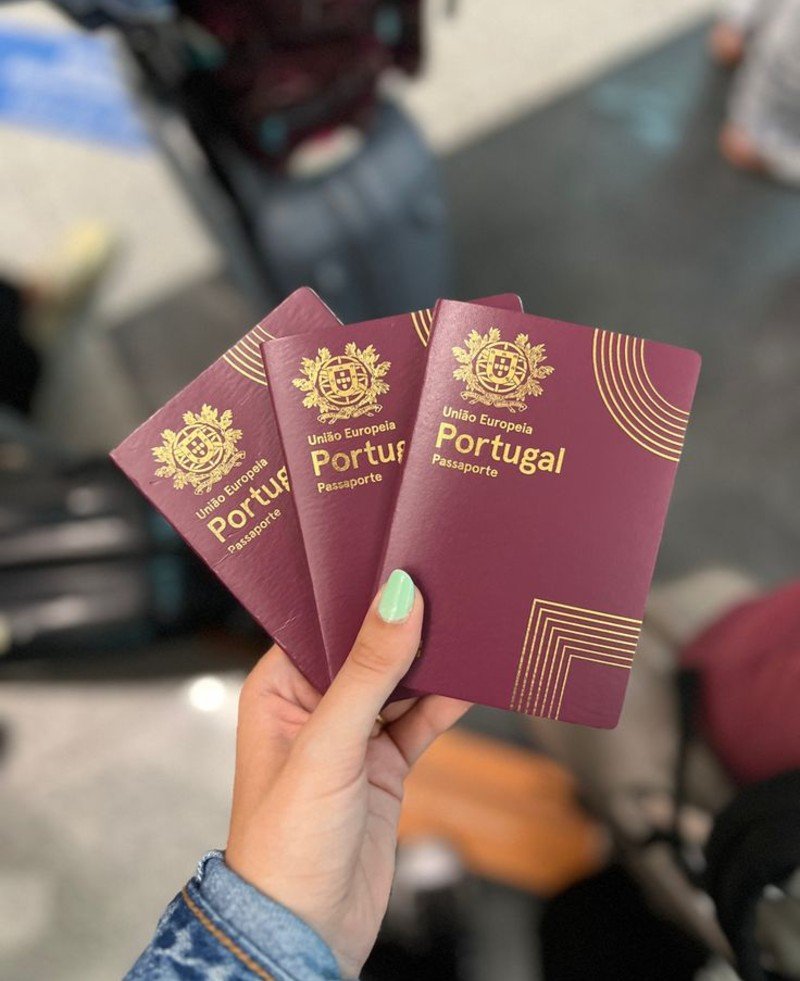
Portugal offers two main visa options for Americans:
The D7 Visa: Perfect for retirees or remote workers. You need to show passive income or remote work capability. No huge investment required.
The Portugal Golden Visa: For those who can invest. You invest in real estate or a business, and you get residency. After 5 years, you can apply for citizenship.
The weather doesn’t hurt either. Portugal enjoys 300+ sunny days per year. Mild winters, warm summers, and beaches everywhere. No more brutal winters or sweltering summers.
But it’s not perfect. Portuguese salaries are lower than US salaries if you work locally. That’s why most Americans either work remotely for US companies or retire here. Also, learning some Portuguese helps a lot, though many locals speak English.
The expat community is huge and welcoming. Thousands of Americans already live here. They’ve worked out the system. They know which neighborhoods to choose, which doctors to see, and how to get things done.
#2. European Powerhouses: Spain, Germany, France, Italy
Can’t decide on Portugal? These four European countries are close behind for good reasons.
Spain: Your Digital Nomad Paradise
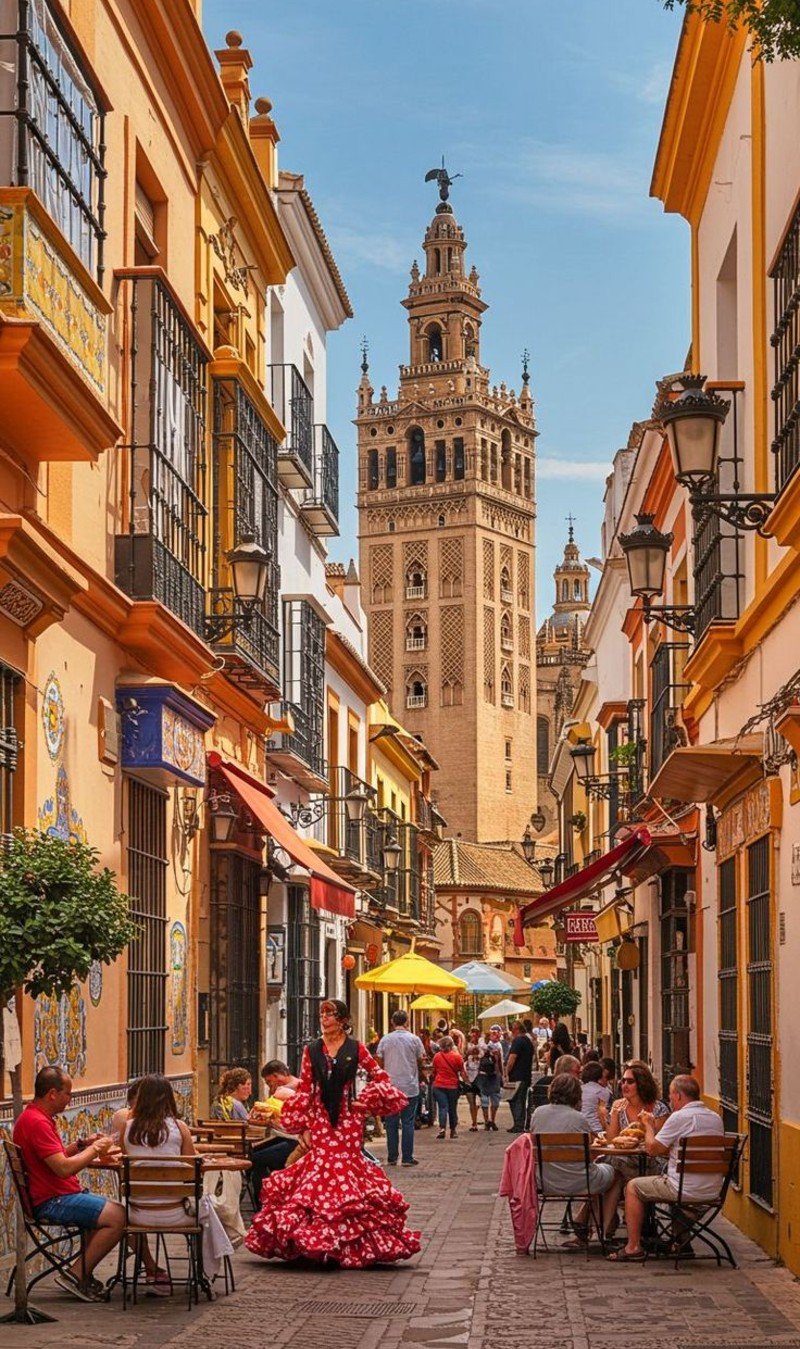
Spain rolled out the red carpet for remote workers. Their digital nomad visa lets you live legally in Spain while working for your US company. You keep your American salary but pay Spanish prices.
The healthcare system ranks among the world’s best. Universal coverage means you won’t go bankrupt from medical bills. A specialist visit costs about €60 ($65) privately, or next to nothing through the public system.
Sunshine and relaxation come standard. Spain gets over 3,000 hours of sunshine per year. Compare that to Seattle’s 2,170 hours or New York’s 2,535 hours. Better weather means better mental health.
The Spain digital nomad visa requires €2,000+ monthly income. You also need health insurance and a clean criminal record. Processing takes 1-3 months.
Germany: Europe’s Economic Engine
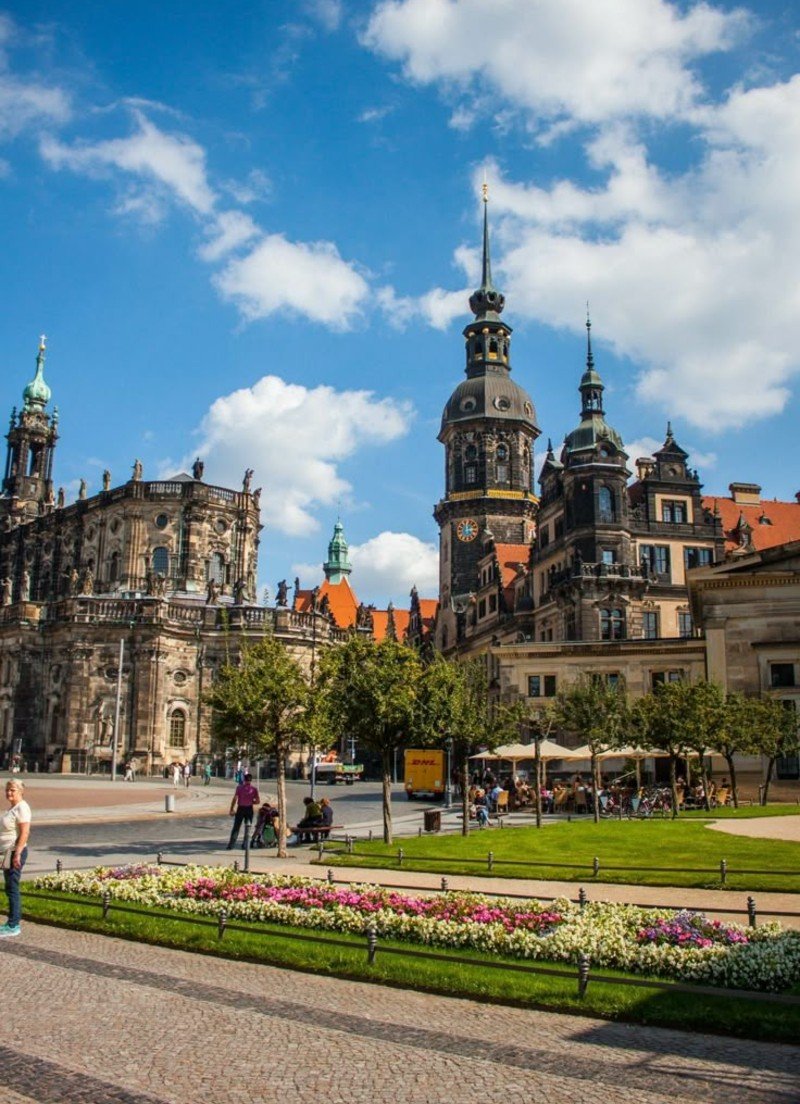
Germany’s economy stays strong while others struggle. Unemployment stays low, wages stay competitive, and the social safety net actually works. Job security exists here.
Two visa paths get you there fast: The Job Seeker Visa gives you 6 months to find work in Germany. No job offer required upfront. The Freelance Visa works for self-employed Americans in creative or professional fields.
German healthcare sets the global standard. Everyone gets coverage, costs stay reasonable, and quality stays high. Prescription drugs cost a fraction of US prices.
France: Culture Meets Opportunity
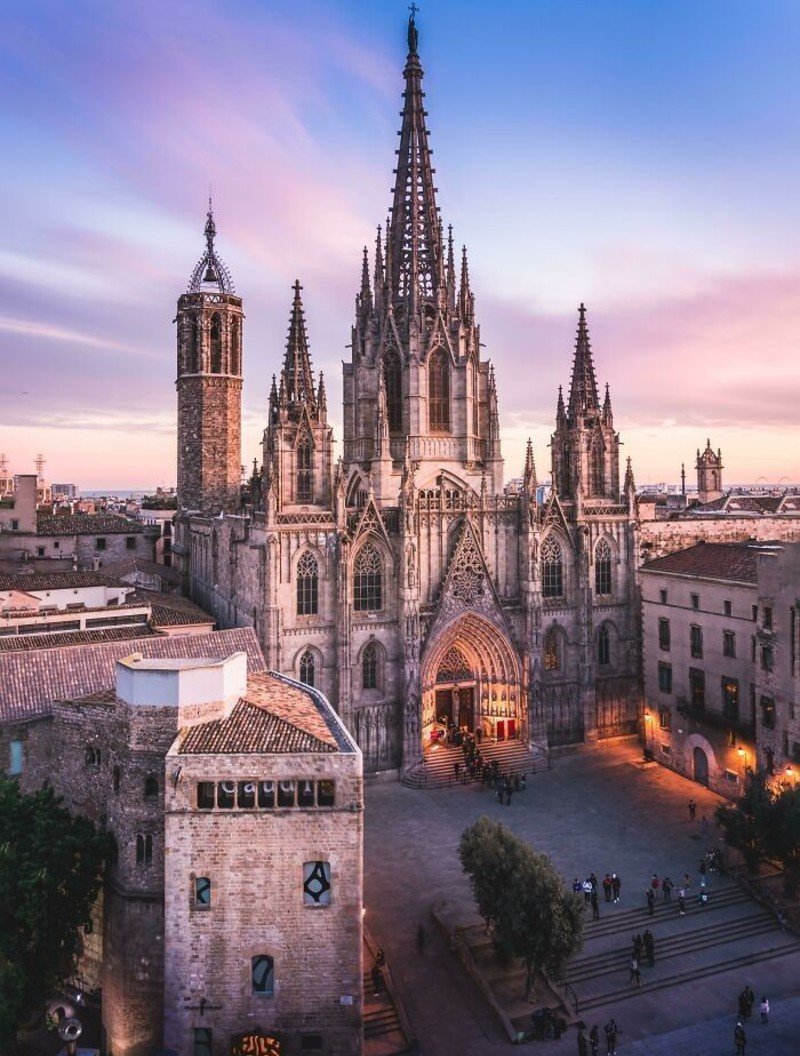
The France Talent passport program wants skilled Americans. This 4-year renewable visa leads to permanent residency, then citizenship. Perfect for professionals, investors, or entrepreneurs.
You might already qualify for French citizenship. France allows citizenship by ancestry if you can prove your French parent’s citizenship status.
French infrastructure leads the world. High-speed trains, universal healthcare, excellent schools, and reliable utilities. Everything just works.
Italy: La Dolce Vita Without the Debt

Italian healthcare delivers world-class care without the crushing costs. Emergency room visits cost €25 ($27). Complex surgeries cost thousands, not tens of thousands.
Medication prices will shock you. The same drugs that cost hundreds in the US cost tens of euros in Italy. Heart medication, diabetes drugs, cancer treatments all affordable.
The lifestyle change happens immediately. Italians take long lunch breaks, close shops on Sundays, and prioritize family time. Work stress drops dramatically.
Italy offers several visa options: Self-employment visas for freelancers, investment visas for business owners, and student visas that can lead to work permits.
#3. The Americas: Canada, Mexico, Costa Rica, Panama
Don’t want to cross an ocean? You don’t have to. These four countries offer American-friendly alternatives right in your backyard.
Canada: Your Northern Safety Net
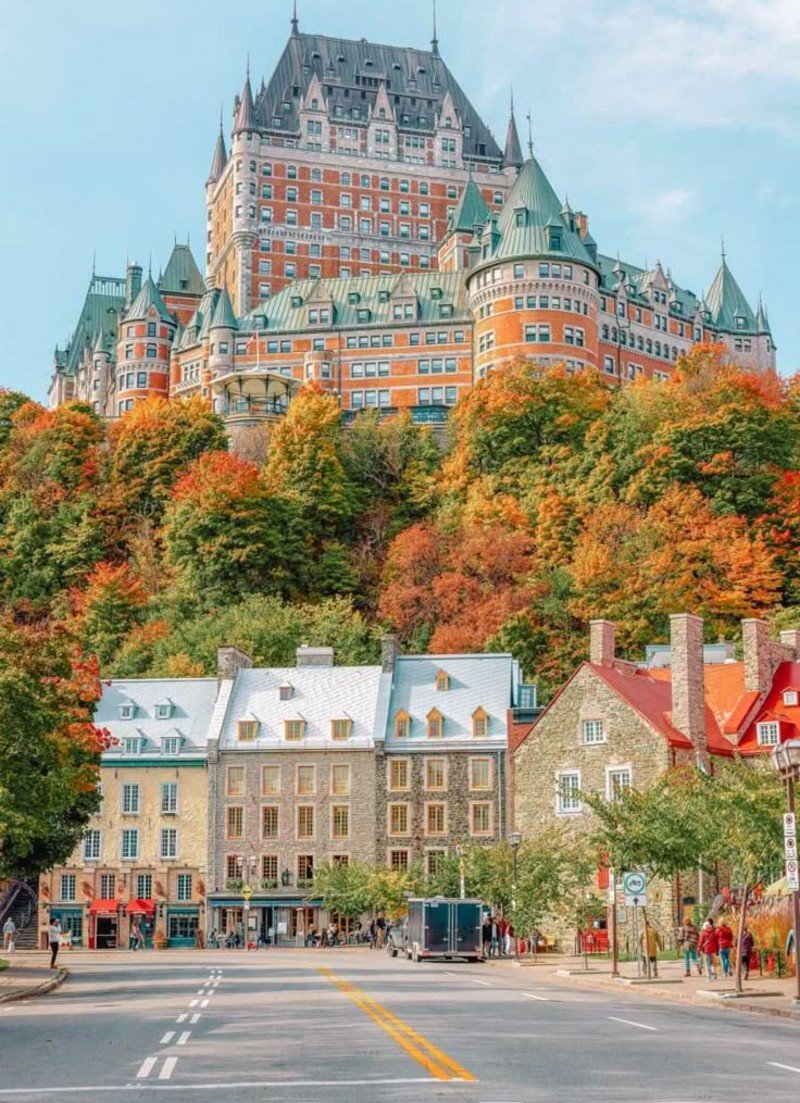
Canada became the top search after election results. Americans flooded Google with “how to move to Canada” queries. Smart move. Canada offers everything Americans want: universal healthcare, stable politics, and familiar culture.
The Canada Startup Visa program opens doors for entrepreneurs. Got a business idea? Canadian investors will fund it in exchange for permanent residency. You get healthcare, your kids get free education, and you keep building your American dream – just with better benefits.
Healthcare stress disappears in Canada. No more choosing between medication and groceries. No more avoiding doctors because of cost. Cancer treatment, surgery, emergency care – all covered. Americans living in Canada say this alone makes the move worth it.
Mexico: America’s Expat Capital

More Americans live in Mexico than anywhere else abroad. About 1.5 million Americans have already figured this out. Mexico American expats created entire communities where English works fine and American products are available.
Your dollar stretches 2-3 times further in Mexico. A nice dinner for two costs $20. Monthly rent for a good apartment runs $400-800. Utilities, groceries, entertainment – everything costs way less than the US.
Modern conveniences exist everywhere. High-speed internet, reliable electricity, good roads, and American chain stores. You’re not giving up comfort. You’re just paying less for it.
Mexican healthcare surprises Americans. Many doctors trained in the US. Hospitals meet international standards. A specialist visit costs $40-60. Surgery costs 70% less than US prices.
Costa Rica: Your Health-First Paradise
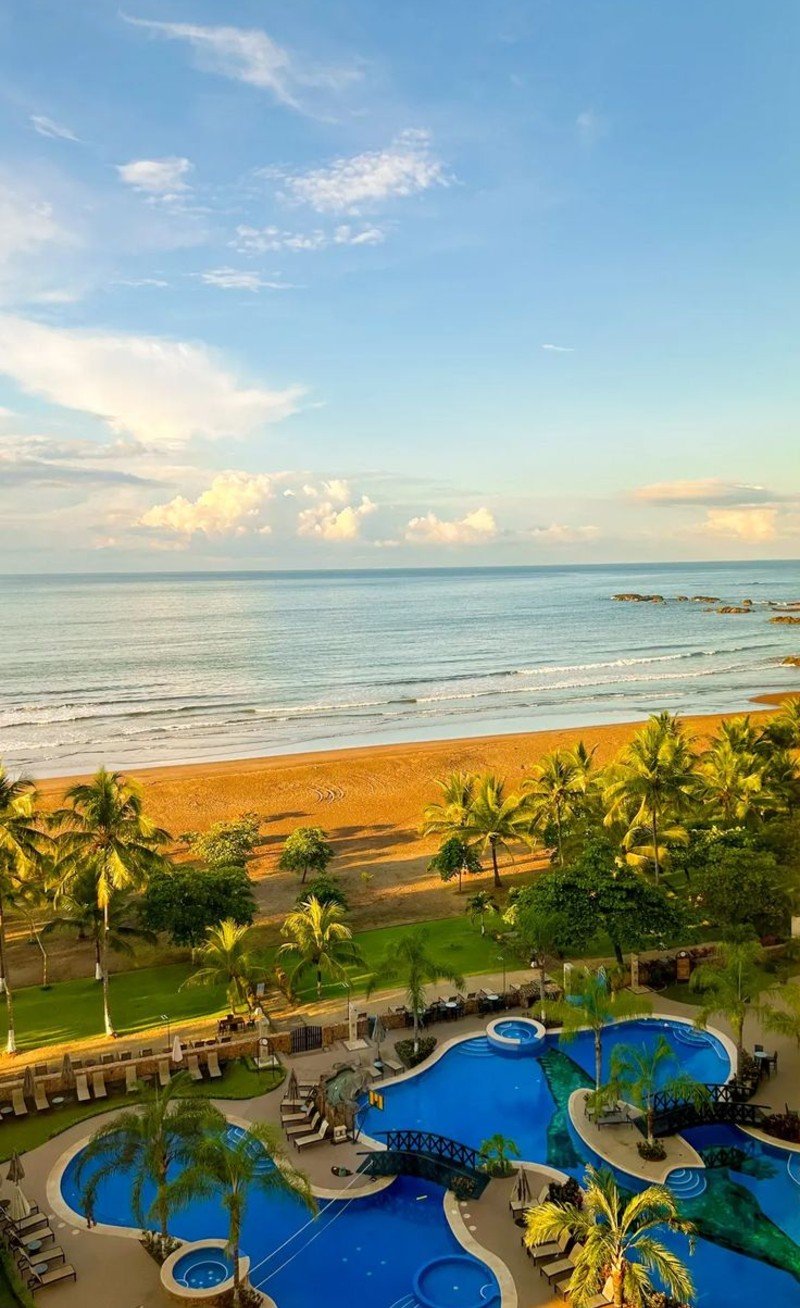
Costa Rica for Americans means living longer and healthier. This tiny country ranks in the top 10 worldwide for life expectancy. Americans living there report better sleep, less stress, and more energy.
Healthcare quality rivals the US at a fraction of the cost. Heart surgery costs $25,000 instead of $200,000+. Many American doctors retire to Costa Rica because the medical system actually works.
The “Blue Zone” effect is real. Nicoya Peninsula residents live longer than almost anyone on Earth. Americans moving there adopt healthier eating, more walking, and stronger social connections.
Panama: Your Strategic Gateway
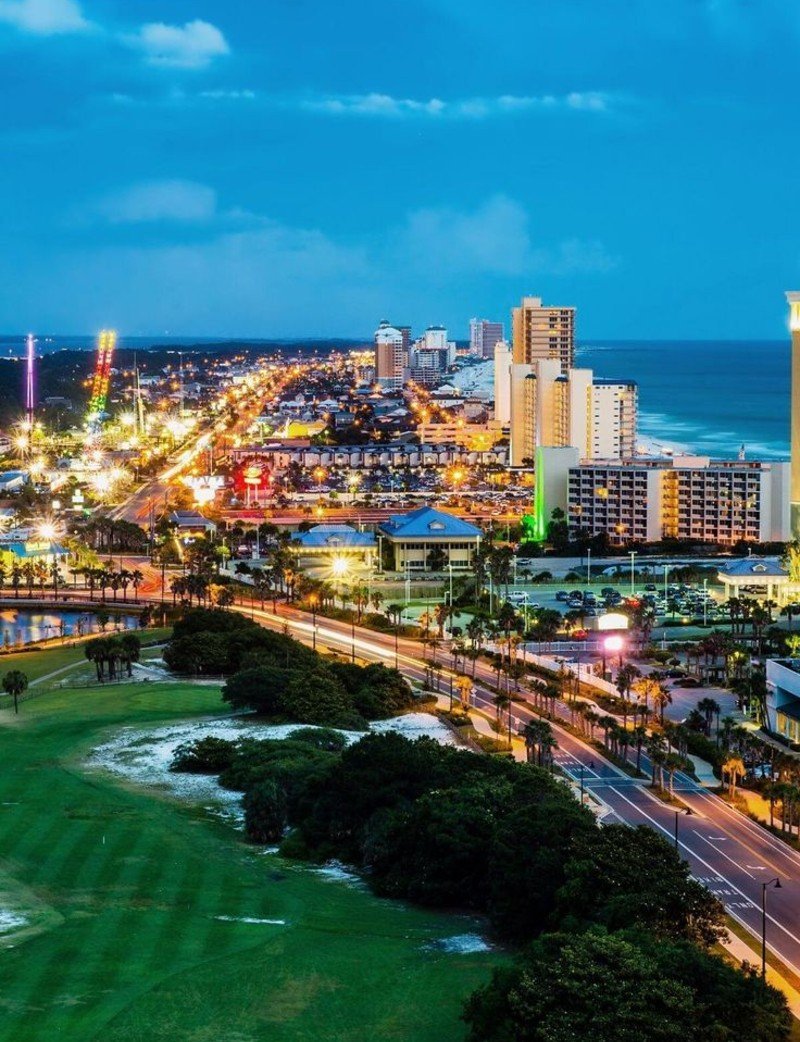
Panama’s economy stays strong while others struggle. The Panama Canal brings constant revenue. Banking and business services thrive. Economic stability is better than many US states.
Panama residency programs welcome Americans. The Friendly Nations Visa fast-tracks residency for US citizens. Pensioner visas offer discounts on everything from hotels to medical care.
Healthcare costs drop dramatically. Private hospitals offer US-quality care for 60-80% less money. Many doctors speak English and trained in America.
Location gives you options. Two hours to Miami by plane. Easy access to North and South America. Time zones align with US East Coast for remote work.
#4. Asia-Pacific Dreams: Thailand, New Zealand, Malaysia
Ready to live like royalty on a middle-class budget? Asia-Pacific countries make your money work harder while you work less.
Thailand: Where Your Retirement Starts Early
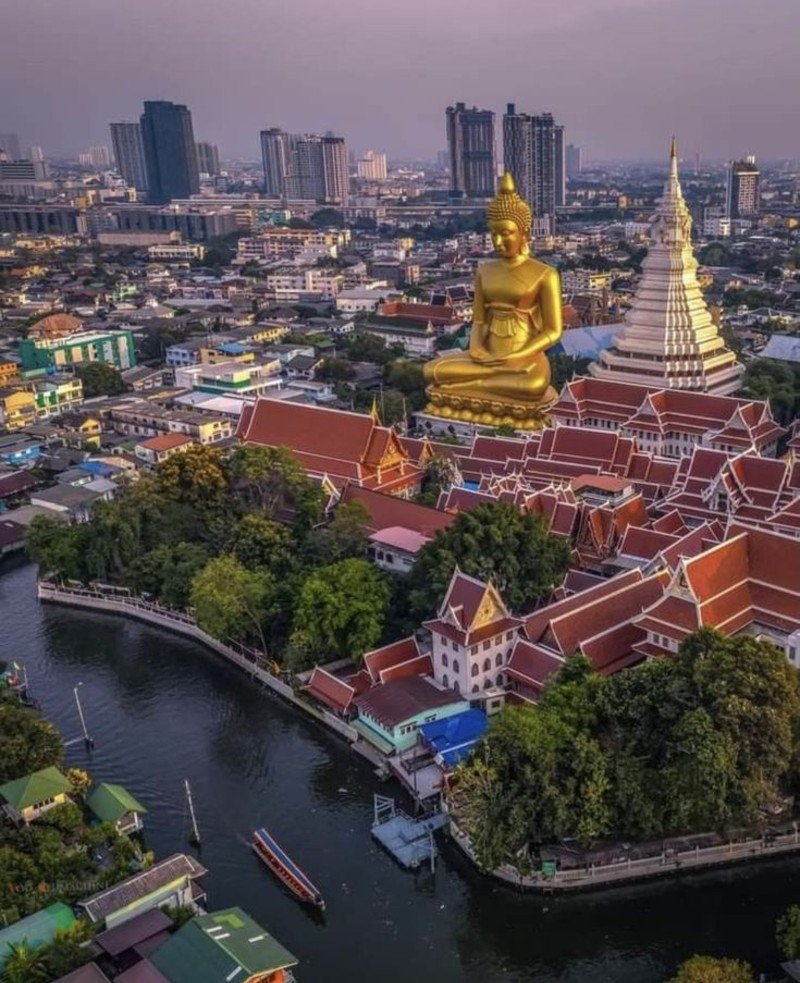
Thailand digital nomad communities are exploding. Young professionals and early retirees flock here for one reason: your $3,000 monthly income buys what $8,000 buys in the US.
Healthcare costs will shock you. A full medical checkup with blood work, X-rays, and specialist consultations costs $150. The same package runs $2,000+ in America. Heart surgery? $15,000 instead of $150,000.
Thai hospitals rival American hospitals. Many doctors studied at Harvard, Johns Hopkins, or Mayo Clinic. They speak perfect English and charge reasonable prices. Americans living in Bangkok get better healthcare than they had in Boston.
Your housing costs vanish. Nice condos with pools, gyms, and security rent for $500-800 monthly. Luxury apartments with ocean views? $1,200. Try finding that in any US city.
New Zealand: America’s English-Speaking Cousin
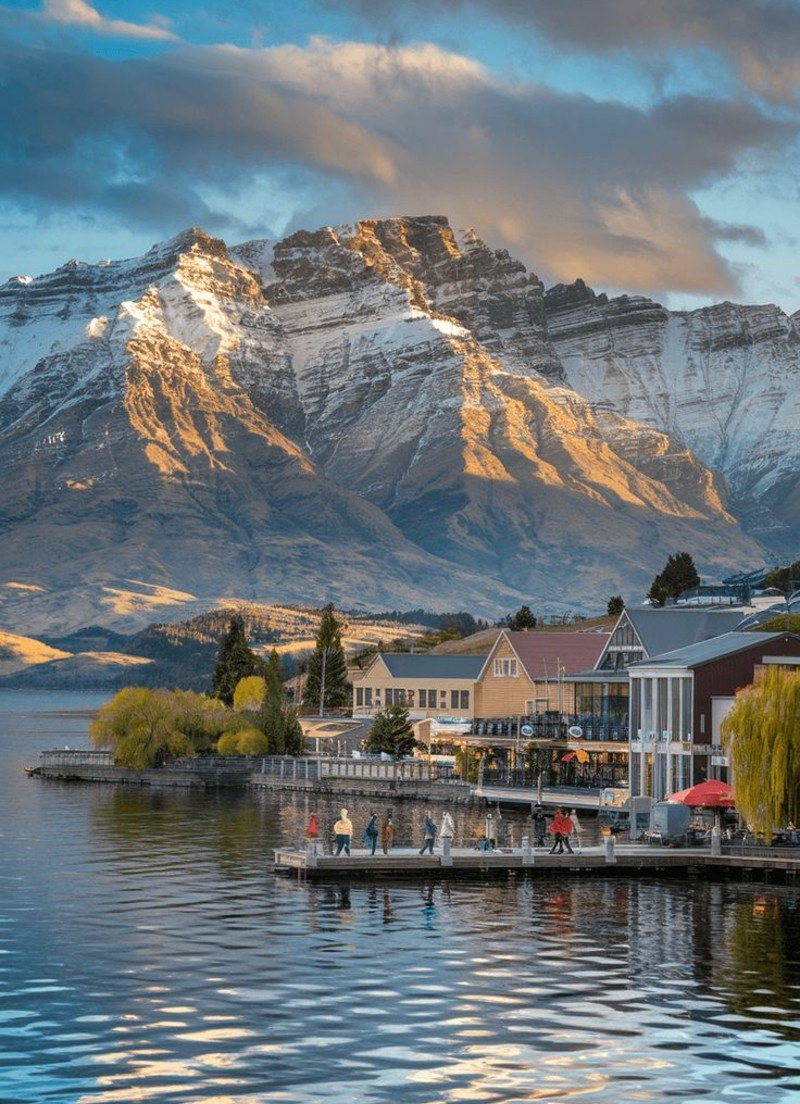
20,000 Americans already call New Zealand home. They moved for safety, sanity, and a government that actually works. New Zealand American expats report the highest life satisfaction of any expat community.
English works everywhere. No language barriers. No translation apps. No communication stress. You can handle banking, healthcare, and legal issues in your native language.
Work permits and visas are straightforward. Skilled workers get fast-tracked. Entrepreneurs can invest their way in. Even working holiday visas exist for younger Americans.
Healthcare quality stays high, costs stay low. New Zealand’s system ranks among the world’s best. Emergency care is free for everyone. Prescription drugs cost a fraction of US prices.
Malaysia: Asia’s Best-Kept Secret

The Malaysia MM2H program gives you 10-year renewable residency. Show $350,000 in savings, deposit $130,000 in a Malaysian bank, and you’re in. You can withdraw most of it after a year for property or education.
Multi-cultural environment means no culture shock. English, Chinese, Malay, and Indian cultures blend seamlessly. You’ll find familiar foods, customs, and languages everywhere.
Location puts you at Asia’s center. Two hours to Thailand, three hours to Singapore, four hours to Philippines. Exploring Asia becomes weekend trips instead of expensive vacations.
Living costs stay incredibly low. Monthly budgets of $1,500-2,000 cover everything: housing, food, transportation, entertainment, and healthcare. The same lifestyle costs $5,000+ in American cities.
#5. Luxury Citizenship Options: Malta & Caribbean Islands
Got serious money? These programs sell you a passport and a completely different life.
Malta: Your Gateway to Europe
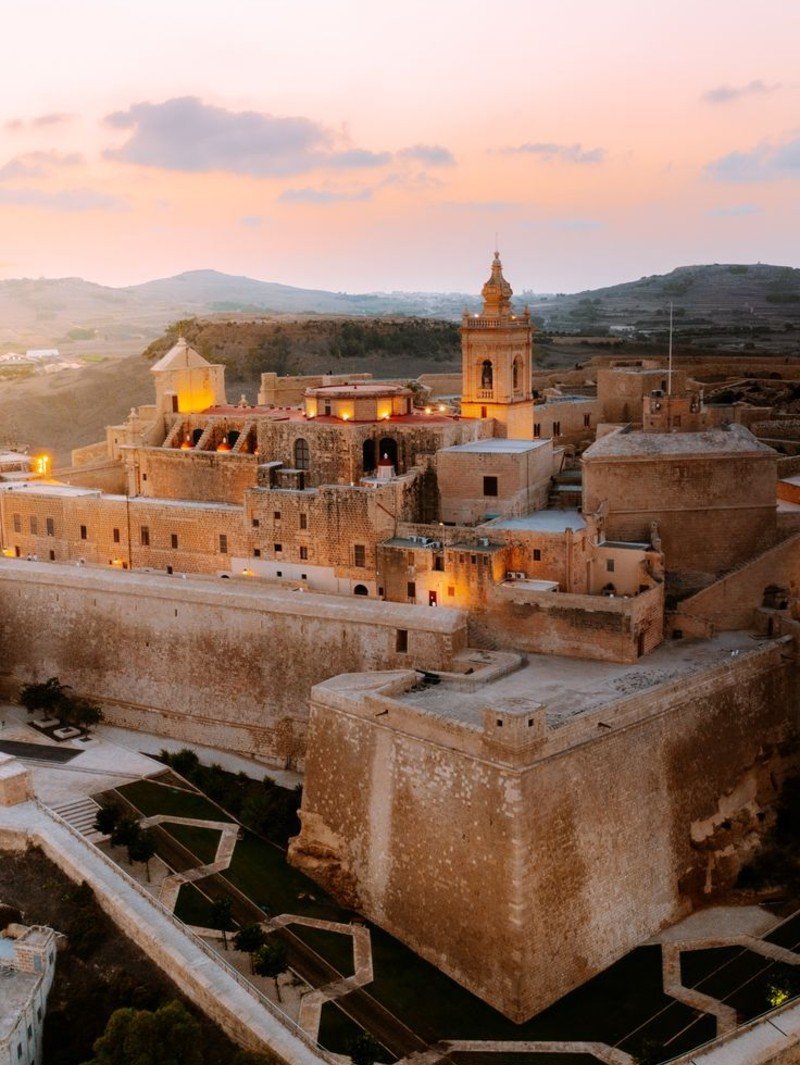
Malta citizenship by investment costs €600,000-€750,000 plus property investment. Expensive? Yes. Worth it? For wealthy Americans, absolutely.
Malta speaks English natively. No language learning required. British colonial history means familiar legal systems, business practices, and cultural norms.
The process takes 12-36 months. You must live in Malta for 12 months minimum. Background checks are thorough. But once approved, you hold EU citizenship forever.
Tax advantages can save wealthy Americans millions. Malta’s tax system favors foreign residents. Combined with proper planning, your tax burden drops significantly while maintaining access to world-class European services.
Caribbean: Your Tax-Free Paradise
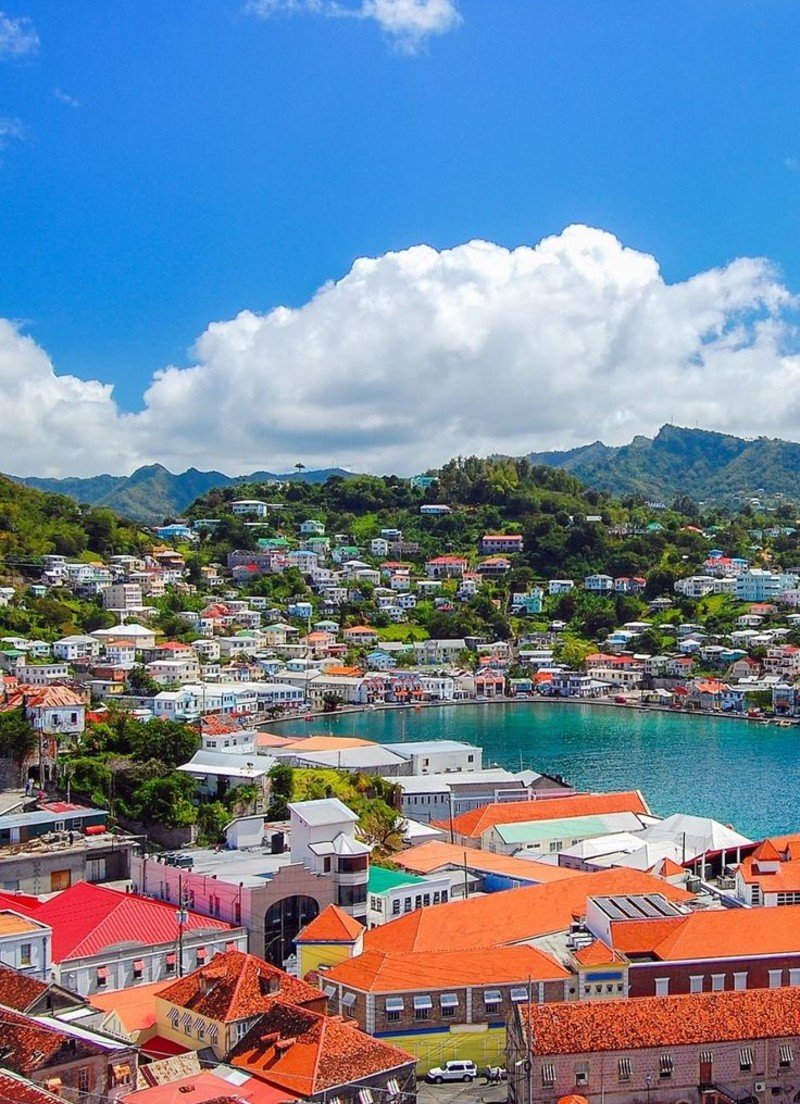
Caribbean citizenship programs start around $100,000. Antigua investor visa programs, Saint Kitts, Dominica, and other islands sell passports to qualified investors.
Tax benefits are immediate. Most Caribbean nations don’t tax foreign income. If you structure things properly, your US tax burden can drop dramatically while you enjoy tropical living year-round.
Antigua and other islands offer different investment options. Real estate purchases, government donations, or business investments all qualify. Some programs include your spouse and children at no extra cost.
The lifestyle change is dramatic. Year-round warmth, beautiful beaches, and relaxed island culture. Many wealthy Americans use these islands as tax bases while traveling globally.
The Real Financial Breakdown: What You’ll Actually Save
Healthcare savings abroad will shock you. Americans spend $13,432 per person annually on healthcare. Move to Portugal and you’ll spend $2,000-3,000. That’s $10,000+ back in your pocket every year. For a family of four, you save $40,000 annually just on healthcare.
Cost Living Comparison By Country

Portugal: Monthly expenses €800-1,200 ($860-1,290) in Lisbon. Smaller cities drop to €600-800 ($645-860). US equivalent lifestyle costs $3,000-4,000 monthly.
Spain: Barcelona runs €1,200-1,600 ($1,290-1,720). Smaller Spanish cities cost €800-1,200 ($860-1,290). Same lifestyle costs $3,500+ in US cities.
Mexico: Comfortable living for $1,200-2,000 monthly. Luxury lifestyle for $2,500. Your current US budget becomes your splurge budget.
Thailand: Live well on $1,500-2,500 monthly including housing, food, transportation, and entertainment. Healthcare costs so little you’ll forget about insurance.
Housing costs drop everywhere. Portugal rent runs 40-50% less than US cities. A nice apartment in Lisbon costs €1,000 ($1,075). The same apartment in San Francisco costs $3,500+.
Utilities become a minor expense. Portugal utilities average €125 ($134) monthly for electricity, water, heating, and cooling. US utilities average €150+ ($160+) for the same services. Internet costs €36 ($39) monthly for high-speed unlimited service.
American Expat Finances Get Better In Unexpected Ways

Food costs drop dramatically. Fresh bread costs €1.28 ($1.37) in Lisbon versus $3.16 in New York. Restaurant meals cost 50-70% less than US cities. You’ll eat better food for less money.
Transportation becomes affordable again. Monthly public transit passes cost €30-40 ($32-43) in most European cities. Gas costs more, but you’ll drive less. Many expats sell their cars and use public transit, bikes, or walking.
Tax advantages depend on your situation. Some countries tax foreign income heavily. Others offer tax breaks for new residents. Portugal’s Golden Visa holders pay no tax on foreign income for 10 years. Caribbean citizenship programs eliminate taxes on foreign income entirely.
Real Monthly Budget Examples
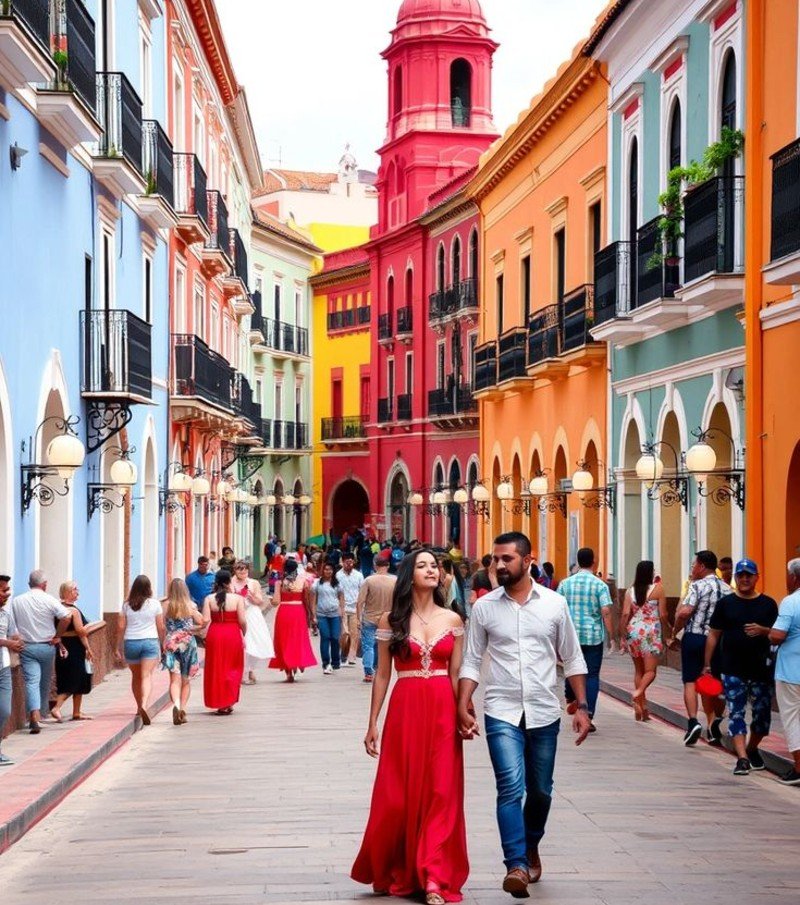
Couple in Portugal: €1,800 ($1,935) covers rent, utilities, food, transportation, entertainment, and private health insurance.
Couple in Mexico: $2,200 covers a luxury lifestyle with weekly restaurant meals, domestic help, and premium healthcare.
Single person in Thailand: $1,800 covers modern condo, daily restaurant meals, motorbike transportation, and excellent healthcare.
Compare those numbers to your current US budget. Most Americans spend $3,000-5,000 monthly for a similar lifestyle. The savings add up to $15,000-40,000 annually.
How to Actually Make the Move: Your Step-by-Step Action Plan
Ready to stop dreaming and start planning? Here’s exactly how to move abroad without costly mistakes.
Step 1: Pick Your Top 3 Countries (Week 1-2)

The climate you can handle year-round. Healthcare quality that meets your needs. Cost of living that fits your budget. Language barrier you can manage. Visa requirements you can meet
Visit government visa websites directly. Don’t trust blogs or forums for official requirements. Go to:
i. Portugal: sef.pt (immigration service)
ii. Spain: exteriores.gob.es (foreign ministry)
iii. Canada: canada.ca (immigration section)
iv. Mexico: gob.mx/sre (foreign relations)
Step 2: Get Your Paperwork Ready (Week 3-6)
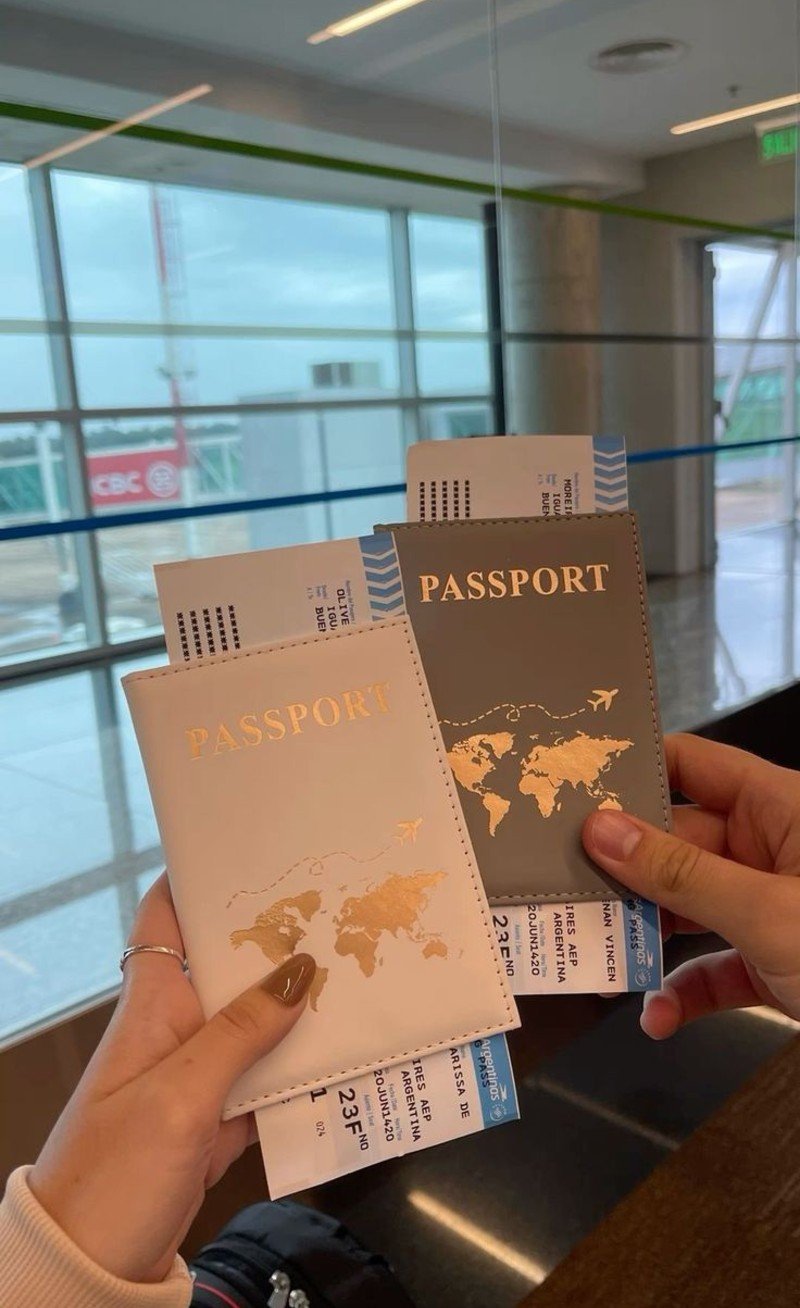
Every country wants the same basic documents:
i. Passport valid for 2+ years
ii. FBI background check (takes 2-4 weeks)
iii. Birth certificate with apostille
iv. Marriage certificate (if married) with apostille
v. Financial statements for past 6-12 months
vi. Health records and vaccination certificates
Order your FBI background check now. It takes weeks and expires quickly. Get multiple certified copies.
Step 3: Plan Your Finances (Week 4-8)
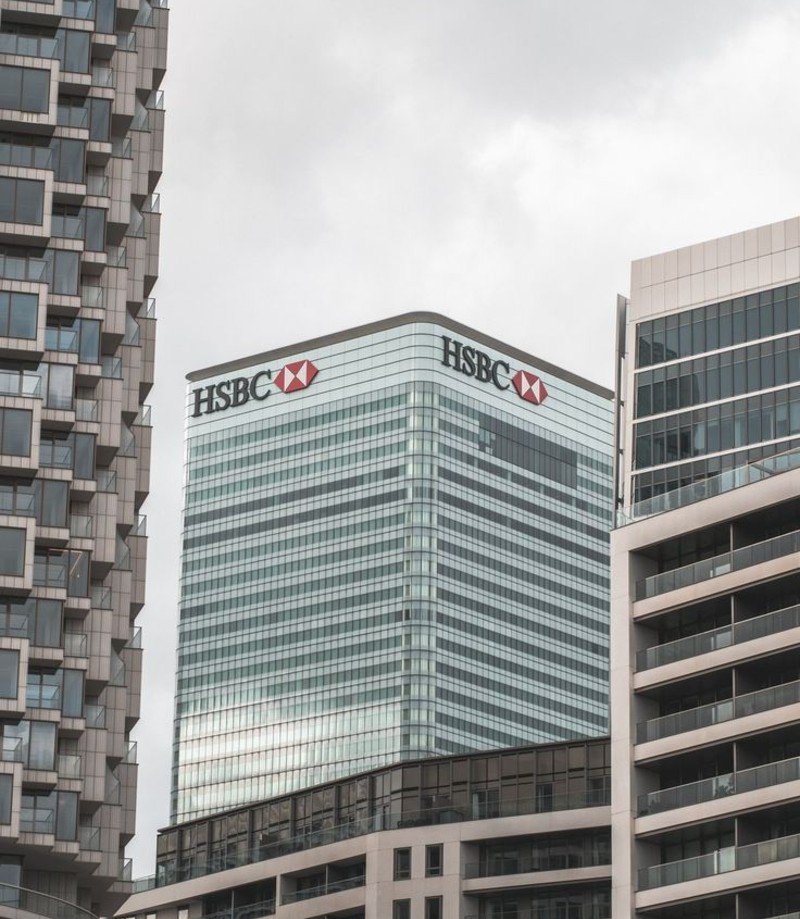
Most visa applications require proof of income or savings. Common requirements: Portugal D7: €760+ monthly passive income. Spain Digital Nomad: €2,000+ monthly income. Mexico Temporary Resident: $1,500+ monthly income. Canada varies by program.
Open international banking early. Banks like Charles Schwab, HSBC, or Citibank work globally. Avoid foreign transaction fees that cost hundreds monthly.
Talk to an expat tax professional. Americans pay taxes on worldwide income regardless of where you live. Professional advice costs $500-1,500 but saves thousands in mistakes. Find specialists at americansoverseas.org.
FAQs
How much money do I actually need to move abroad and live comfortably?
It depends on the country, but most Americans can live well abroad for $1,500-3,000 monthly. For visa applications, most countries want to see 6-12 months of expenses in your bank account. So budget $15,000-30,000 in savings plus your monthly income source.
Do I still have to pay US taxes if I live abroad?
Yes, Americans pay taxes on worldwide income no matter where they live. But you can reduce or eliminate what you owe. The Foreign Earned Income Exclusion lets you exclude $120,000+ of foreign earned income from US taxes in 2024.
What happens to my Social Security and Medicare if I move abroad?
Social Security follows you to most countries. Medicare does not. Social Security benefits continue in almost every country Americans move to. A few exceptions exist (North Korea, Cuba), but all the countries in this article allow Social Security payments.

